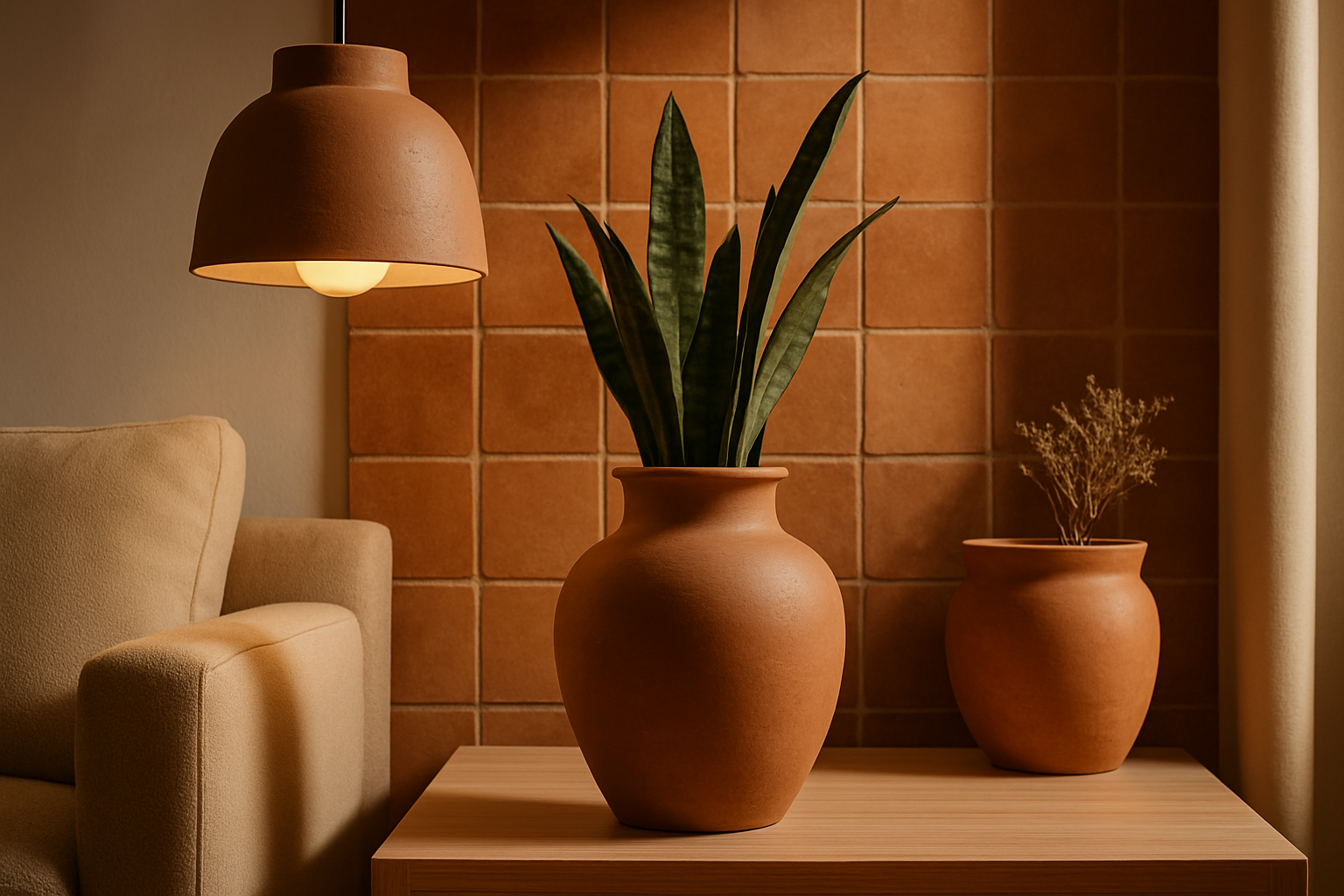The Charm of Wabi-Sabi: Celebrating Imperfection in Home Design
Embracing the beauty of weathered wood, cracked ceramics, and faded textiles might seem counterintuitive in the world of home design. Yet, the Japanese aesthetic of wabi-sabi is gaining traction among homeowners and designers alike, offering a refreshing antidote to the pursuit of perfection. This ancient philosophy, rooted in Buddhist teachings, invites us to find beauty in the imperfect, impermanent, and incomplete aspects of life.

The Essence of Wabi-Sabi
Wabi-sabi is a concept that defies easy definition, as it encompasses a complex set of ideas and values. At its core, it is about finding beauty in simplicity, naturalness, and the passage of time. The term wabi originally referred to the loneliness of living in nature, away from society, while sabi meant withered or lean. Over time, these concepts evolved to embody a more positive outlook on impermanence and imperfection.
In the context of home design, wabi-sabi manifests as an appreciation for natural materials, organic forms, and objects that bear the marks of time and use. It’s about creating spaces that feel lived-in and loved, rather than sterile showrooms. This aesthetic celebrates the cracks, chips, and wear that tell a story and give character to our surroundings.
Incorporating Wabi-Sabi into Your Home
Adopting a wabi-sabi approach to home design doesn’t mean embracing clutter or neglect. Instead, it’s about curating a space that feels authentic and harmonious. Start by incorporating natural materials like wood, stone, and clay. Look for pieces with irregular shapes, rough textures, or visible grain patterns. Handmade ceramics, for example, often feature slight asymmetries or glaze variations that make each piece unique.
Consider the beauty of age and wear in your furnishings. An antique wooden table with its patina and scratches tells a story of meals shared and memories made. Linen bedding, which becomes softer and more beautiful with each wash, embodies the wabi-sabi spirit. Even a wall with slightly faded paint or exposed brick can add character and depth to a room.
The Color Palette of Wabi-Sabi
While wabi-sabi isn’t strictly tied to a specific color scheme, it often leans towards muted, earthy tones that evoke a sense of calm and connection to nature. Think soft greys, warm beiges, deep browns, and gentle greens. These colors create a soothing backdrop that allows the textures and imperfections of your furnishings to shine.
Avoid stark whites or bold, saturated colors that can feel artificial or overpowering. Instead, opt for natural dyes and pigments that age gracefully over time. A linen sofa in a soft, undyed ecru will develop a beautiful patina with use, becoming more inviting and characterful as the years pass.
The Role of Nature in Wabi-Sabi Design
Bringing elements of nature into your home is a key aspect of wabi-sabi design. This doesn’t mean filling your space with potted plants (although a few carefully chosen specimens can certainly enhance the aesthetic). Instead, consider how you can incorporate natural rhythms and cycles into your decor.
Seasonal displays of branches, leaves, or flowers can connect your indoor space to the changing world outside. A vase of wildflowers or a bowl of pinecones can serve as a simple, beautiful centerpiece that embodies the wabi-sabi spirit. Even the way light moves through your home throughout the day can be celebrated as part of this aesthetic, with sheer curtains that soften and diffuse the changing sunlight.
Mindfulness and Wabi-Sabi Living
Perhaps the most profound aspect of wabi-sabi is how it encourages a mindful approach to our living spaces and possessions. In a culture of constant consumption and upgrade, wabi-sabi invites us to slow down and appreciate what we already have. It’s about finding contentment in simplicity and learning to see beauty in unexpected places.
This mindset extends beyond mere aesthetics. By embracing wabi-sabi, we can cultivate a deeper appreciation for the present moment and the impermanent nature of all things. This can lead to a more sustainable approach to home design, where we value quality over quantity and choose items that will age beautifully rather than needing frequent replacement.
The Future of Wabi-Sabi in Western Design
As more people seek alternatives to the polished perfection often promoted in interior design magazines, wabi-sabi offers a compelling vision for the future of our homes. Its emphasis on authenticity, simplicity, and connection to nature resonates with contemporary concerns about sustainability and mindful living.
Designers are increasingly incorporating wabi-sabi principles into their work, creating spaces that feel both timeless and deeply personal. From hand-troweled plaster walls to reclaimed wood floors, these elements add depth and character to modern interiors. As this aesthetic gains popularity, we may see a shift away from disposable decor towards more thoughtful, lasting choices in home design.
In embracing wabi-sabi, we open ourselves to a new way of seeing and appreciating our living spaces. It’s an invitation to find beauty in the cracks, celebrate the passage of time, and create homes that truly reflect the richness and complexity of our lives. In a world that often feels chaotic and uncertain, the gentle wisdom of wabi-sabi offers a path to creating spaces of peace, authenticity, and enduring beauty.





